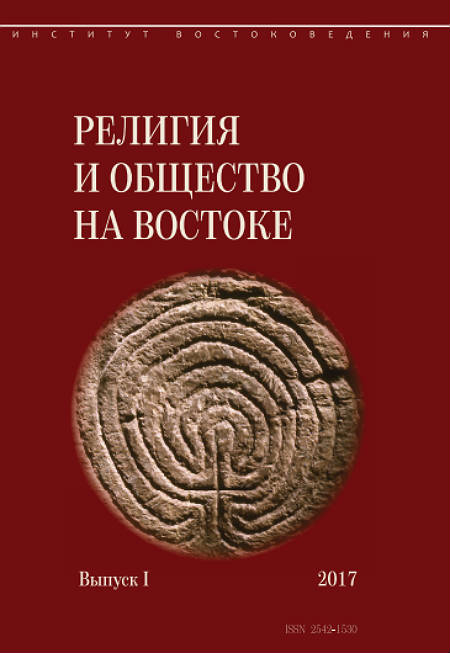Religion and Society in the East
The periodical of the Institute of Oriental Studies, Russian Academy of Sciences. ISSN 2542-1530
Issues
Mechanisms of Elimination of Monarchies in the States of Inner Asia in the First Half of the 20th Century
Religiia i obshchestvo na Vostoke, Issue II (2018), p. 188-245.
I analyzed mechanisms of transformation of the monarchic system in Khiva, Bukhara, Mongolia and Tibet to socialist systems in the first half of the 20th Century. Considering differences between these states in their social systems and historical trajectories in that period, we can note some traits of similarity. All these countries were absolute monarchies legitimized power of their monarchs by religion (Buddhism or Islam); they were dependent on Russia, the Qing Empire, or China; their society was traditional. RSFSR/USSR and the People's Republic of China were guided by the same ideology, Marxism–Leninism, with the same goal, building of socialism and then communism. As Khiva, Bukhara, Outer Mongolia and Tibet had no internal forces which could incite revolution, they should receive a communist «help» which was, in fact, an export of revolution. The concept of assistance to revolutionary state in promoting revolution abroad, which was adopted by the communists, dates back to the days of the revolutionary France. Very narrow group of indigenous peoples, indoctrinated with revolutionary views, have been recruited abroad among the people from Khiva, Bukhara, Mongolia and Tibet. Communists «justified» their military invasions to these states by statements that local people are suffering from the oppression of local exploiters and foreign imperialists, and they are not able to overthrow them; a backward country needs modernization; they need to support revolutionary groups because they reflect aspirations of the people. In respect of Tibet, the Chinese leadership used sinocentric historical myth that the Qing Empire is identical to China and it includes Tibet as its integral part. The «help» of the communists for «workers liberation» was originally mortgaged future struggle against religion until its dissolution. The power of feudal lords was eliminated first, and then the church has become one of the main objects of struggle. This was due to the need of legitimization of the new government, which interfered with traditional religious legitimization, since the communism opposes to religion in its doctrine. Further developments of these countries displayed steady dismantling of clerical structures and replacement of the religious worldview to the materialistic. There were no internal factors for revolutions in Khiva, Bukhara, Mongolia and Tibet.
Keywords: monarchy, Inner Asia, Khiva, Bukhara, Tibet, Mongolia, Russia, China, Qing Empire, traditionalism, religion, Buddhism, Islam, revolution, communism, marxism-leninism, maoism, basmachi
Volume: 188-245

